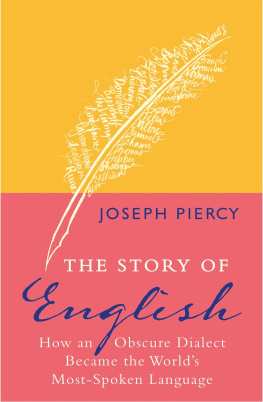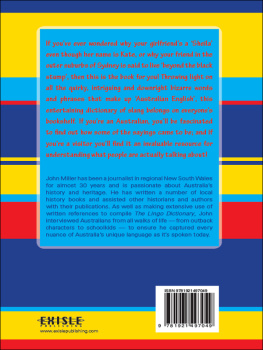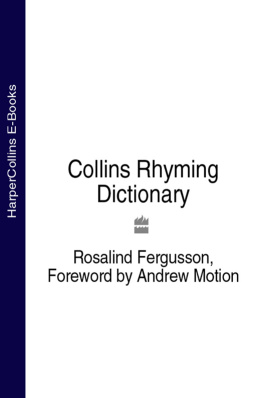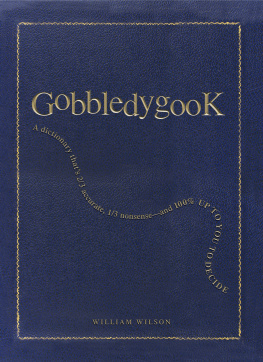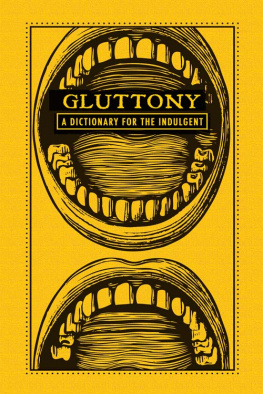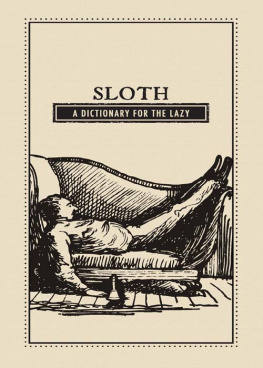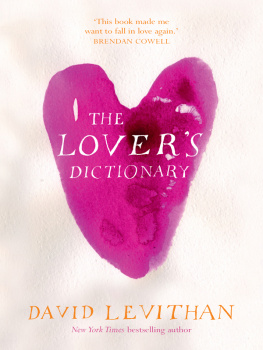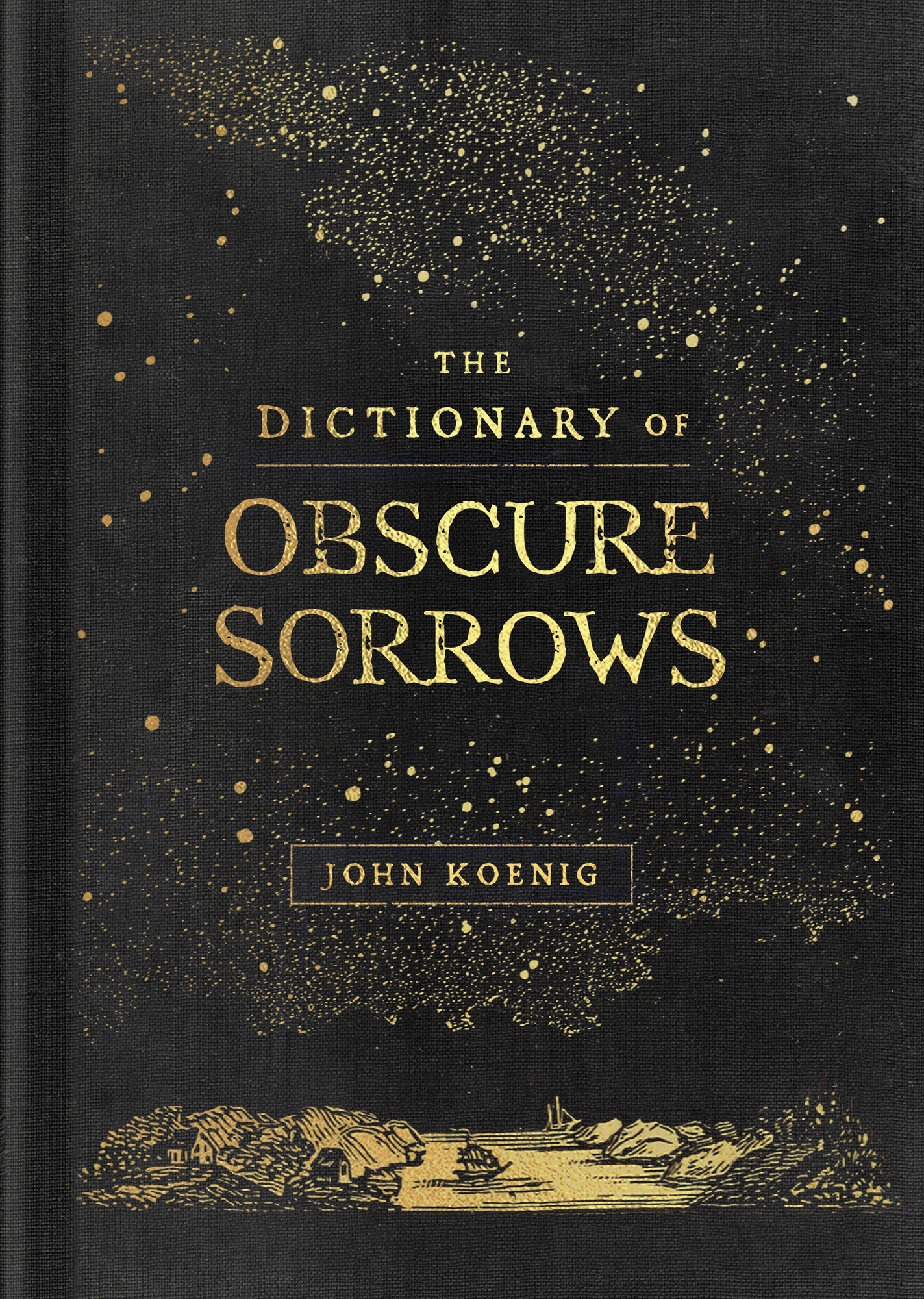Contents
Guide
The Dictionary of Obscure Sorrows
John Koenig

Simon & Schuster
1230 Avenue of the Americas
New York, NY 10020
www.SimonandSchuster.com
Copyright 2021 by John Koenig
From The Separate Notebooks: A Mirrored Gallery from The Separate Notebooks by Czeslaw Milosz. Copyright 1984 by Czeslaw Milosz Inc. Used by permission of HarperCollins Publishers.
From The Painted Drum by Louise Erdrich. Copyright 2005 by Louise Erdrich. Used by permission of HarperCollins Publishers.
From The Unbearable Lightness of Being by Milan Kundera. English translation copyright 1984 by Harper & Row, Publishers, Inc. Translated from Nesnesiteln lehkost byt, copyright 1984 by Milan Kundera. Used by permission of HarperCollins Publishers.
From Girl with Curious Hair by David Foster Wallace. Copyright 1989 by David Foster Wallace. Used by permission of W.W. Norton & Company, Inc.
All rights reserved, including the right to reproduce this book or portions thereof in any form whatsoever. For information, address Simon & Schuster Subsidiary Rights Department, 1230 Avenue of the Americas, New York, NY 10020.
First Simon & Schuster hardcover edition November 2021
SIMON & SCHUSTER and colophon are registered trademarks of Simon & Schuster, Inc.
For information about special discounts for bulk purchases, please contact Simon & Schuster Special Sales at 1-866-506-1949 or .
The Simon & Schuster Speakers Bureau can bring authors to your live event. For more information or to book an event, contact the Simon & Schuster Speakers Bureau at 1-866-248-3049 or visit our website at www.simonspeakers.com.
Interior design by Carly Loman
Cover design by John Koenig
Cover artwork Courtesy of the Libary of Congress
Library of Congress Cataloging-in-Publication Data has been applied for.
ISBN 978-1-5011-5364-8
ISBN 978-1-5011-5366-2 (ebook)
I read the dictionary.
I thought it was a poem
about everything.
STEVEN WRIGHT
ABOUT THIS BOOK
The Dictionary of Obscure Sorrows is a compendium of new words for emotions. Its mission is to shine a light on the fundamental strangeness of being a human beingall the aches, demons, vibes, joys, and urges that are humming in the background of everyday life:
- kenopsia: the atmosphere of a place that is usually bustling with people but is now abandoned and quiet.
- ds vu: the awareness that this moment will become a memory.
- nodus tollens: the feeling that the plot of your life doesnt make sense to you anymore.
- nouement: the bittersweetness of having arrived here in the future, seeing how things turn out, but unable to tell your past self.
- onism: the frustration of being stuck in just one body, that inhabits only one place at a time.
- sonder: the realization that each random passerby is the main character of their own story, in which you are just an extra in the background.
Its a calming thing, to learn theres a word for something youve felt all your life but didnt know was shared by anyone else. Its even oddly empoweringto be reminded that youre not alone, youre not crazy, youre just an ordinary human being trying to make your way through a bizarre set of circumstances.
Thats how the idea for this book was born, in that jolt of recognition you feel when learning certain words for emotions, especially in languages other than English: hygge, saudade, duende, ubuntu, schadenfreude. Some of these terms might well be untranslatable, but they still have the power to make the inside of your head feel a little more familiar, at least for a moment or two. It makes you wonder what else might be possiblewhat other morsels of meaning couldve been teased out of the static, if only someone had come along and given them a name.
Of course, we dont usually question why a language has words for some things and not others. We dont really imagine we have much choice in the matter, because the words we use to build our lives were mostly handed to us in the crib or picked up on the playground. They function as a kind of psychological programming that helps shape our relationships, our memory, even our perception of reality. As Wittgenstein wrote, The limits of my language are the limits of my world.
But therein lies a problem. Language is so fundamental to our perception, were unable to perceive the flaws built into language itself. It would be difficult to tell, for example, if our vocabulary had fallen badly out of date, and no longer described the world in which we live. We would feel only a strange hollowness in our conversations, never really sure if were being understood.
The dictionary evolves over time, of course. New words are coined as needed, emerging one by one from the test lab of our conversations. But that process carries a certain bias, only giving names to concepts that are simple, tangible, communal, and easy to talk about.
Emotions are none of these. As a result, theres a huge blind spot in the language of emotion, vast holes in the lexicon that we dont even know were missing. We have thousands of words for different types of finches and schooners and historical undergarments, but only a rudimentary vocabulary to capture the delectable subtleties of the human experience.
Words will never do us justice. But we have to try anyway. Luckily, the palette of language is infinitely expandable. If we wanted to, we could build a new linguistic framework to fill in the gaps, this time rooted in our common humanity, our shared vulnerability, and our complexity as individualsa perspective that simply wasnt there when most of our dictionaries were written. We could catalog even the faintest quirks of the human condition, even things that were only ever felt by one personthough it is the working hypothesis of this book that none of us is truly alone in how we feel.
In language, all things are possible. Which means that no emotion is untranslatable. No sorrow is too obscure to define. We just have to do it.
This is not a book about sadnessat least, not in the modern sense of the word. The word sadness originally meant fullness, from the same Latin root, satis, that also gave us sated and satisfaction. Not so long ago, to be sad meant you were filled to the brim with some intensity of experience. It wasnt just a malfunction in the joy machine. It was a state of awarenesssetting the focus to infinity and taking it all in, joy and grief all at once. When we speak of sadness these days, most of the time what we really mean is despair, which is literally defined as the absence of hope. But true sadness is actually the opposite, an exuberant upwelling that reminds you how fleeting and mysterious and open-ended life can be. Thats why youll find traces of the blues all over this book, but you might find yourself feeling strangely joyful at the end of it. And if you are lucky enough to feel sad, well, savor it while it lastsif only because it means that you care about something in this world enough to let it under your skin.
This is a dictionarya poem about everything. Its divided into six chapters, with definitions grouped according to theme: the outer world, the inner self, the people you know, the people you dont, the passage of time, and the search for meaning. The definitions are arranged in no particular order, which seems fairly true to life, given the way emotions tend to drift through your mind like the weather.



